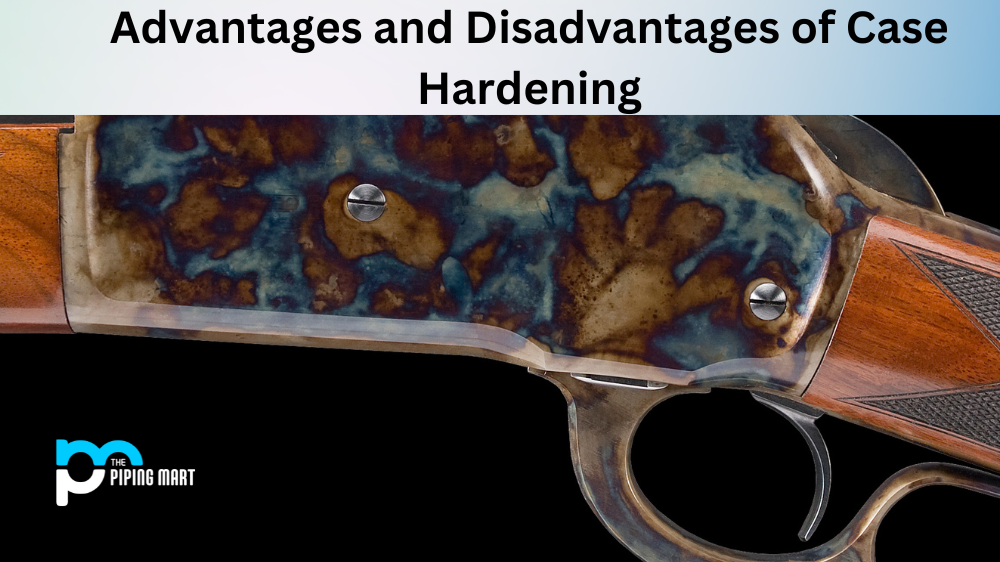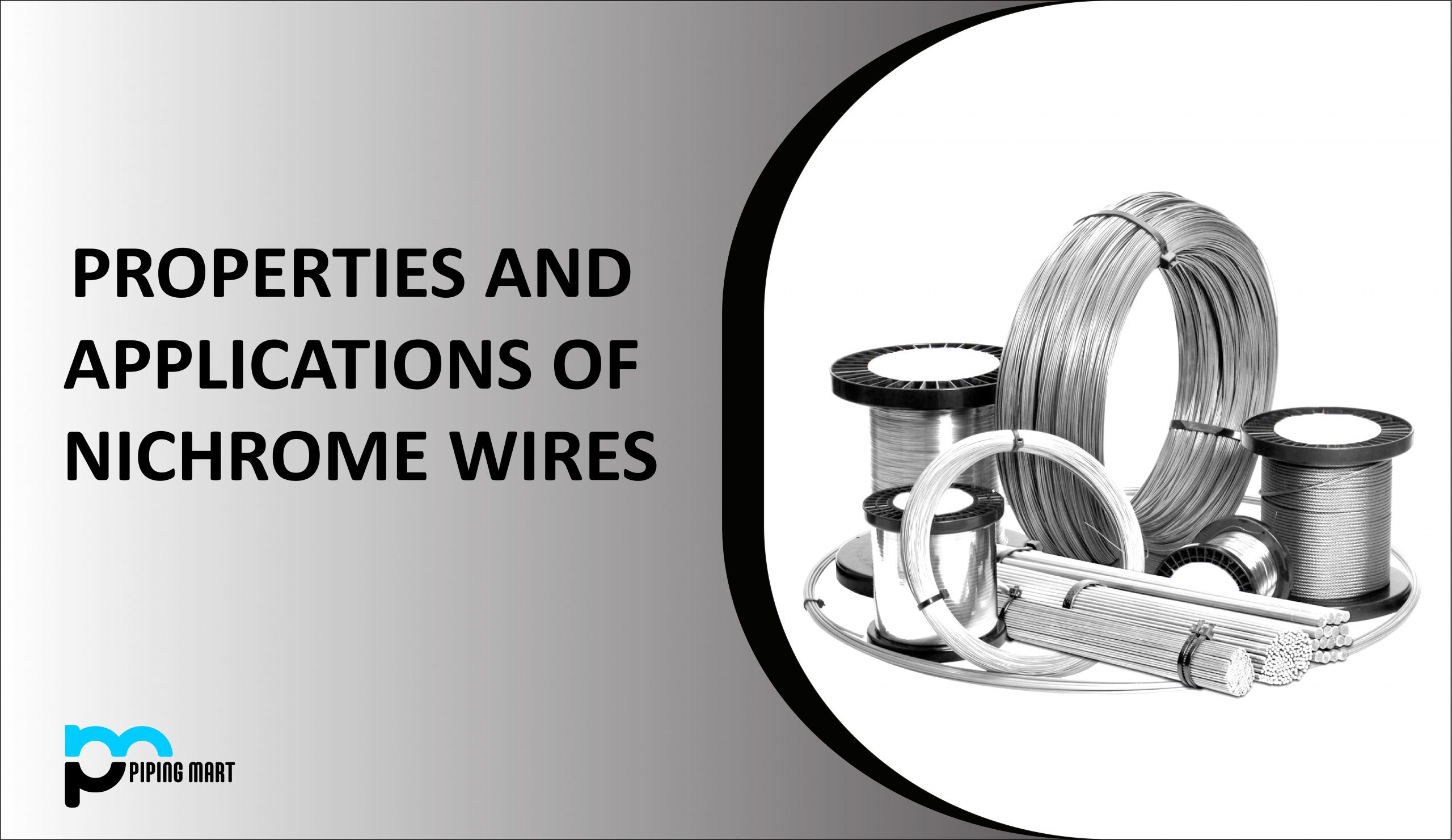Annealing is a heat treatment process used to alter the physical and sometimes chemical properties of a material. It’s widely used in many industries, from metalworking to glass manufacturing, and is often used to improve material performance. But like any type of heat treatment, annealing has advantages and disadvantages that should be considered before starting the process. Let’s take a closer look.
Advantages of Annealing
One of the biggest advantages of annealing is increased strength. By heating the material, its molecular structure changes, which can result in increased hardness and tensile strength. This makes it more resistant to stress fractures than materials that have not been annealed. Additionally, by removing impurities from the material—such as sulfur or phosphorus—annealing can also reduce internal stresses caused by these contaminants.
Annealing can also make materials easier to work with because it softens them up and increases their ductility. This allows for more efficient machining and forming without damaging or weakening the material itself. Lastly, annealing can reduce residual stresses caused by welding or other thermal treatments, resulting in better overall performance over time.
Annealing can improve the ductility of a material.
Ductility is a measure of a material’s ability to deform under tensile stress. When a material is heated to its annealing temperature and then cooled slowly, the resulting microstructure is more uniform, and the material becomes more ductile. This can be beneficial for materials that are subject to high levels of stress, as it increases their ability to withstand deformation without breaking.
Annealing can improve the hardness of a material.
Hardness is a measure of a material’s resistance to indentation and wear. When a material is heated to its annealing temperature and then cooled slowly, the resulting microstructure is more uniform, and the material becomes harder. This can be beneficial for materials that are subject to high levels of wear, as it increases their resistance to indentation and wear.
Annealing can improve the strength of a material.
Strength is a measure of a material’s ability to resist deformation under load. When a material is heated to its annealing temperature and then cooled slowly, the resulting microstructure is more uniform, and the material becomes stronger. This can be beneficial for materials that are subject to high levels of stress, as it increases their resistance to deformation under load.
Annealing can improve the stability of a material.
Stability is a measure of a material’s resistance to changes in its properties over time. When a material is heated to its annealing temperature and then cooled slowly, the resulting microstructure is more uniform, and the material becomes more stable. This can be beneficial for materials that are subject to high levels of stress or strain, as it increases their resistance to changes in their properties over time.
Annealing can improve the machinability of a material.
Machinability is a measure of a material’s ability to be machined or worked by tools. When a material is heated to its annealing temperature and then cooled slowly, the resulting microstructure is more uniform, and the material becomes easier to machine or works with tools. This can be beneficial for materials that are difficult to machine or work by tools, as it makes them easier to machine or work by tools.
Annealing can improve the weldability of a material.
Weldability is a measure of a material’s ability to be welded or joined together by welding methods. When a material is heated to its annealing temperature and then cooled slowly, the resulting microstructure is more uniform, and the material becomes easier to weld or join together by welding methods.
Conclusion:
In summary, annealing is a useful tool for improving various properties of materials, such as strength and ductility; however, there are some downsides as well, including cost and potential damage caused by improper implementation or incorrect settings used during the process itself. For these reasons, it’s important to understand both the advantages and disadvantages before deciding whether or not this type of heat treatment is right for your project’s needs! Ultimately with proper research into what kind of results you want from your materials before beginning this heat-treating process, you should feel confident that you made the correct decision no matter which route you chose!

Pipingmart is a B2B portal that specializes in metal, industrial and piping items. Additionally, we share the latest information and information about materials, products and various types of grades to assist businesses that are involved in this business.




